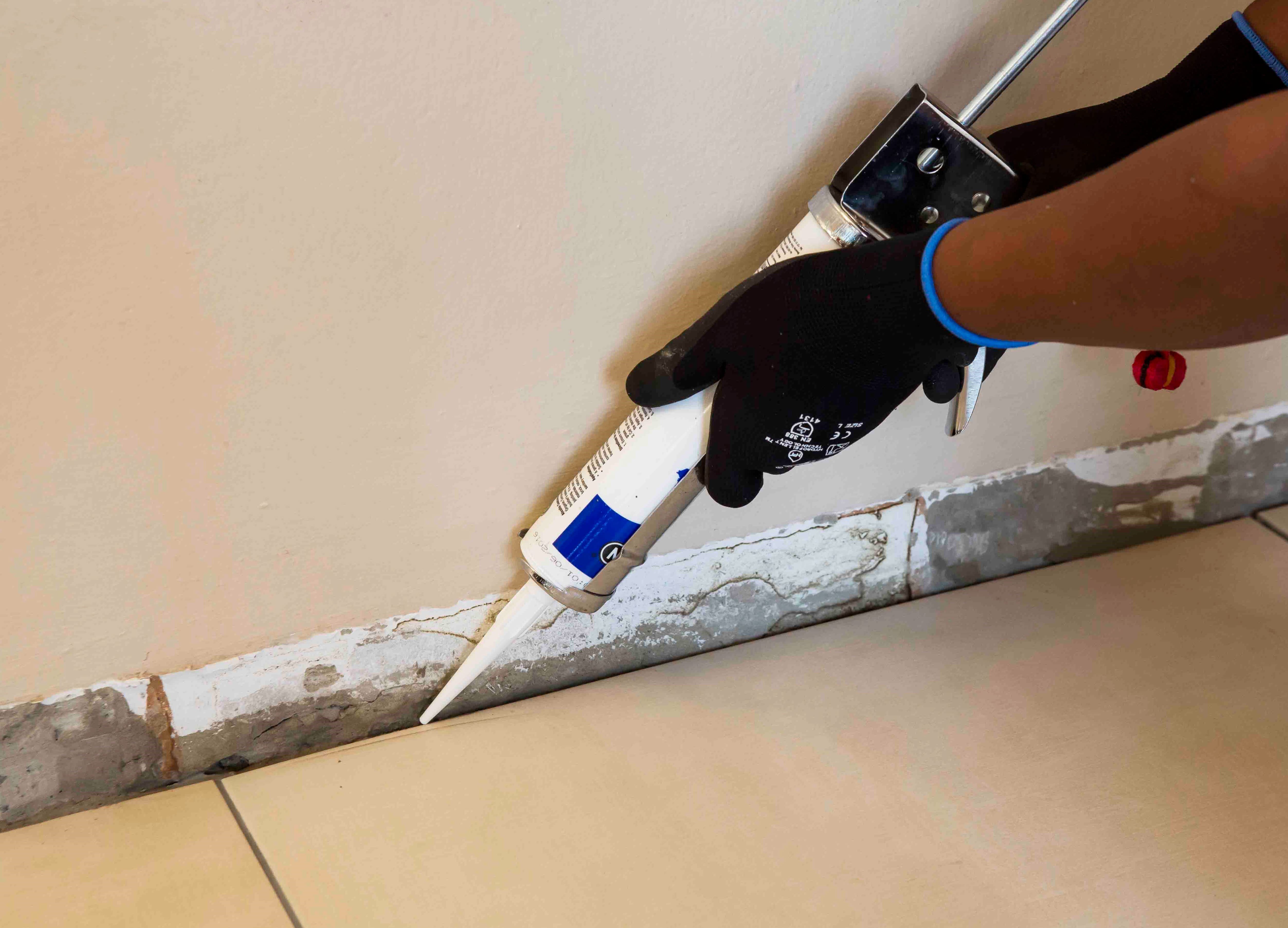Mosaic – a colourful history
Mosaic – A Colourful History
It is said by neuroscientists that human beings have a unique knack for recognising patterns. From faces to shapes and even behaviours, we are designed to analyse and assemble the chaotic into the orderly. Anyone who has ever observed a toddler learning a language or playing with blocks will already have an idea of how adept we are at pattern recognition, even at an extremely early age.
It is no surprise, then, that the ancient art of mosaic has been a favourite way of embellishing our environments for thousands of years, and that the practice transcends geographies and cultures so completely, that one might call mosaic one of the most universal art forms in existence. From prehistoric Mesopotamian temples to the splash-back of a trendy 21st Century Manhattan apartment kitchen, the enduring beauty of mosaic has stood the test of time, and will doubtless continue to do so for years to come. Here is a small glimpse into the earliest stylistic developments of this timeless tiling method.
Ancient Mesopotamia
Believed to be the earliest examples of mosaic embellishment are the walls and columns of Uruk in Mesopotamia, situated in an ancient temple and encrusted with unique terracotta or limestone “cones” embedded in a layer of pitch, a natural ‘glue’ derived from petroleum, coal, tar, or plant material. These cones featured many colours and did not follow a regular form, as most of today’s mosaic tesserae do. They were used to create undulating and geometric patterns to adorn this most special place of worship.
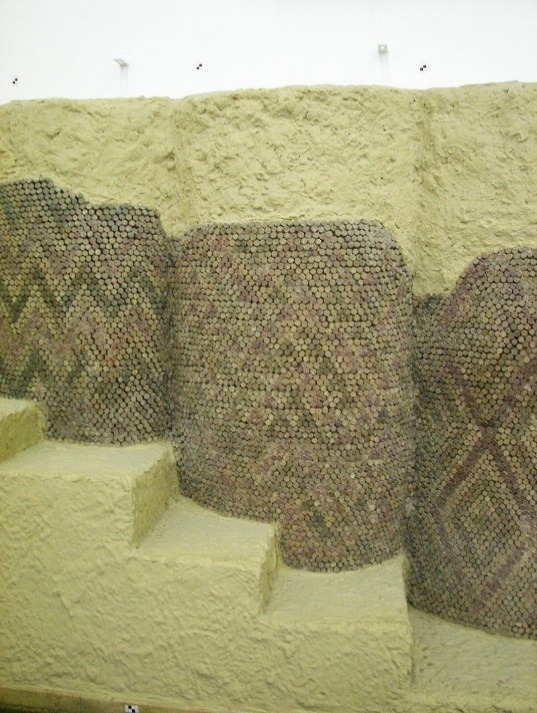

https://commons.wikimedia.org/w/index.php?curid=697388
Ancient Greece and Rome
During the bronze age, mosaics assembled from pebbles rose in popularity, as a beautiful and practical paving option in both the public and private setting, particularly in the Minoan civilization based on Crete and the Mycenaean civilization on mainland Greece. Simple geometric patterns soon gave way to intricate scenes depicting ancient life and the Pantheon of gods and goddesses that watched over the happenings of everyday life.
During the Axial Period around 200 BC, the Greeks began to manufacture the precursor of today’s tesserae in the form of smaller, more regularly shaped pieces that would allow them to achieve new standards of detail, colour and symmetry.
Soon afterwards, the Roman Empire emulated the Greeks’ techniques, mosaicking their most important public areas and domestic interiors with similar scenes of daily life and the gods and goddesses of their day.


Via Encyclopaedia Britannica
https://global.britannica.com/place/Olynthus-ancient-city-Greece
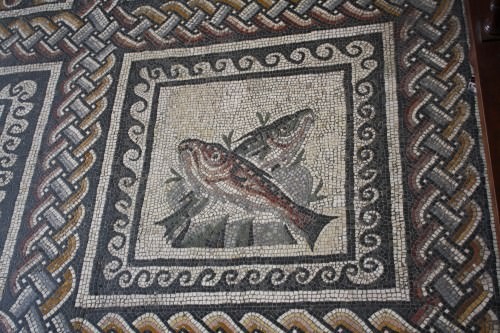

Via Ancient History Encyclopaedia
http://www.ancient.eu/image/1279/
The Islamic Empire
During the 8th Century, the Islamic Empire began to incorporate the beauty of mosaic into their mosques and palaces, exemplified by the breath-taking mosaics still present at the Great Mosque of Cordoba and the Alhambra Palace in Spain. Rather than depicting scenes of human life, stones, ceramic tiles and pieces of glass were used to create intricate mathematical and geometric patterns.
Islamic mosaic art also gave rise to the technique where tesserae are cut into specific and often complex shapes, with the intention of fitting them together perfectly in a repeated pattern to cover large spaces.


Via BoredPanda
http://www.boredpanda.com/mosque-ceilings/
These civilizations may represent some of the oldest and most beautiful examples of ancient mosaic, but the modern age, too, has a rich and colourful history of using mosaic to extraordinary effect in the home as well as in public spaces. Watch out for our next blog post, in which we will continue to explore this versatile tiling application’s endless appeal through the ages
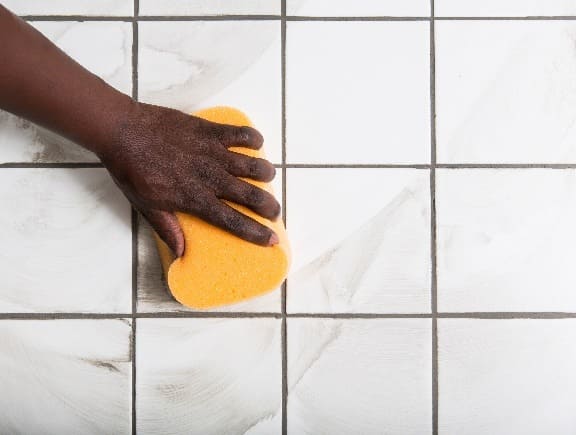

Grouting Sponge
Made from dense foam, a damp grouting sponge helps remove the excess grout from the tiles once you have finished grouting. The rounded edges help avoid gouging out your newly installed grout while cleaning. Use a new sponge for each project, particularly if the grout colour is different.
Now that you’re all kitted out, here are some tips for keeping your tiling toolkit looking and performing like new, no matter how many tiling installations you take on. Firstly, only purchase good quality products from reputable manufacturers, and only use the right tool for a specific job. Improvising only makes the task more difficult and time-consuming.
Keeping your tools clean is another way to ensure they last longer. Never allow any grout or adhesive to dry on your tools.
Wash them after every use, and dry them thoroughly to discourage any rust from forming. Replace worn trowels as necessary.
As the old saying goes, failing to prepare is preparing to fail. But with the right products and tools at your disposal, as well as a little extra guidance from the professionals, you are already halfway to achieving a magazine-worthy tiling installation.
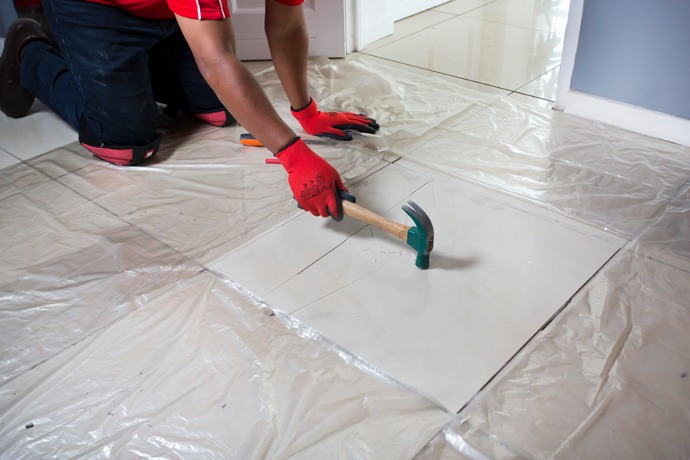



Where necessary, use a grout squeegee to apply additional adhesive to fill in any voids in the grout joints.
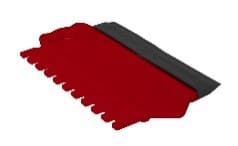

Keeping it clean
A good quality sponge is your secret weapon to remove excess adhesive from the face of your newly installed mosaics. Use one with rounded edges to prevent grout being gouged out of the joints during cleaning. Ensure the sponge is damp, not wet, as excessive water can affect the performance and integrity of the adhesive, potentially ruining the installation
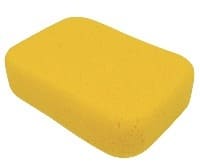

The bottom line
Mosaics’ small size and wide variety of home applications make them a stylish feature in your home. For the best results, it’s important not to neglect attention to detail, as well as the specialised tools and products that are needed to achieve a beautiful and long-lasting installation.
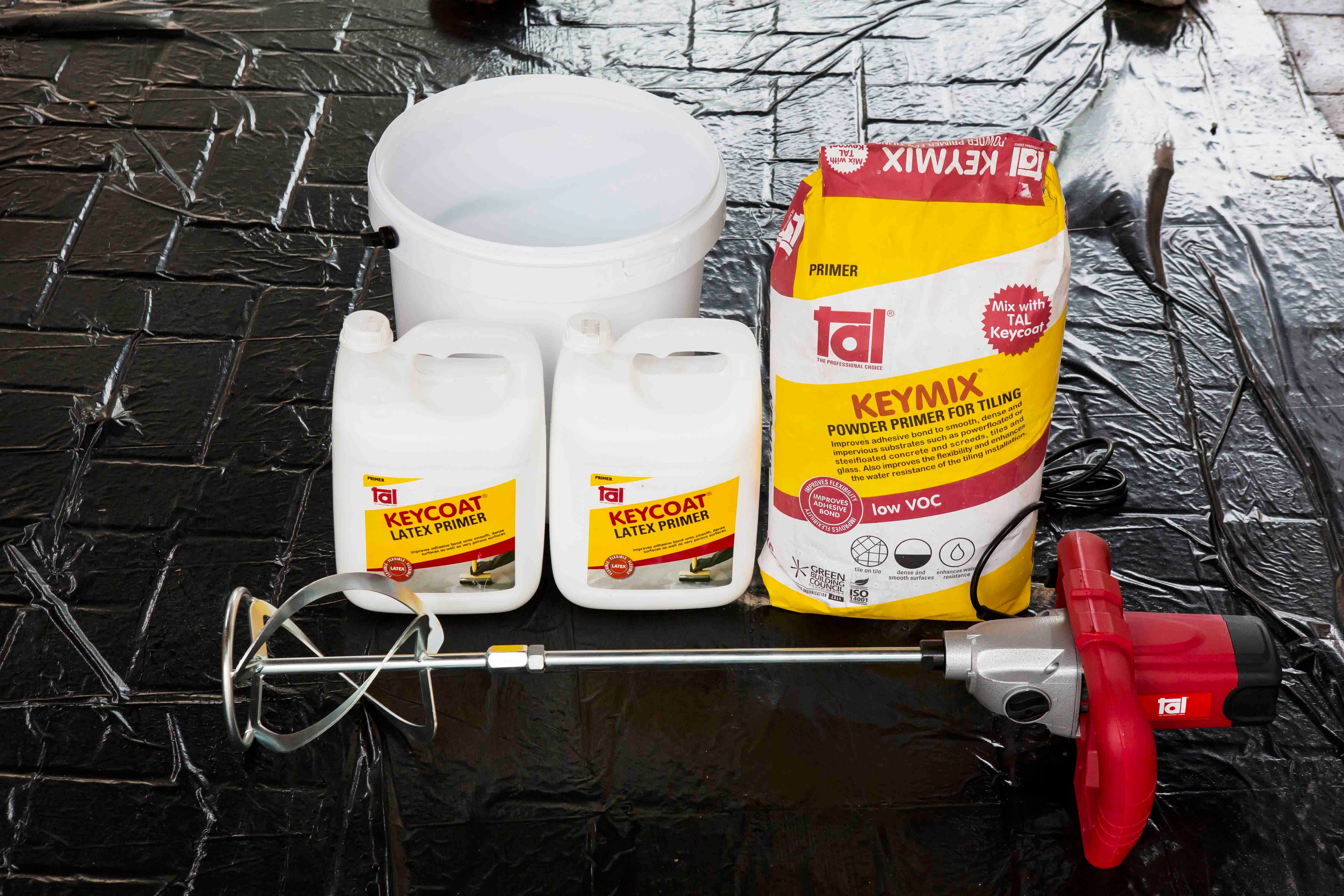

This is applied using a builder’s block brush and ensuring complete coverage of the existing tiles.
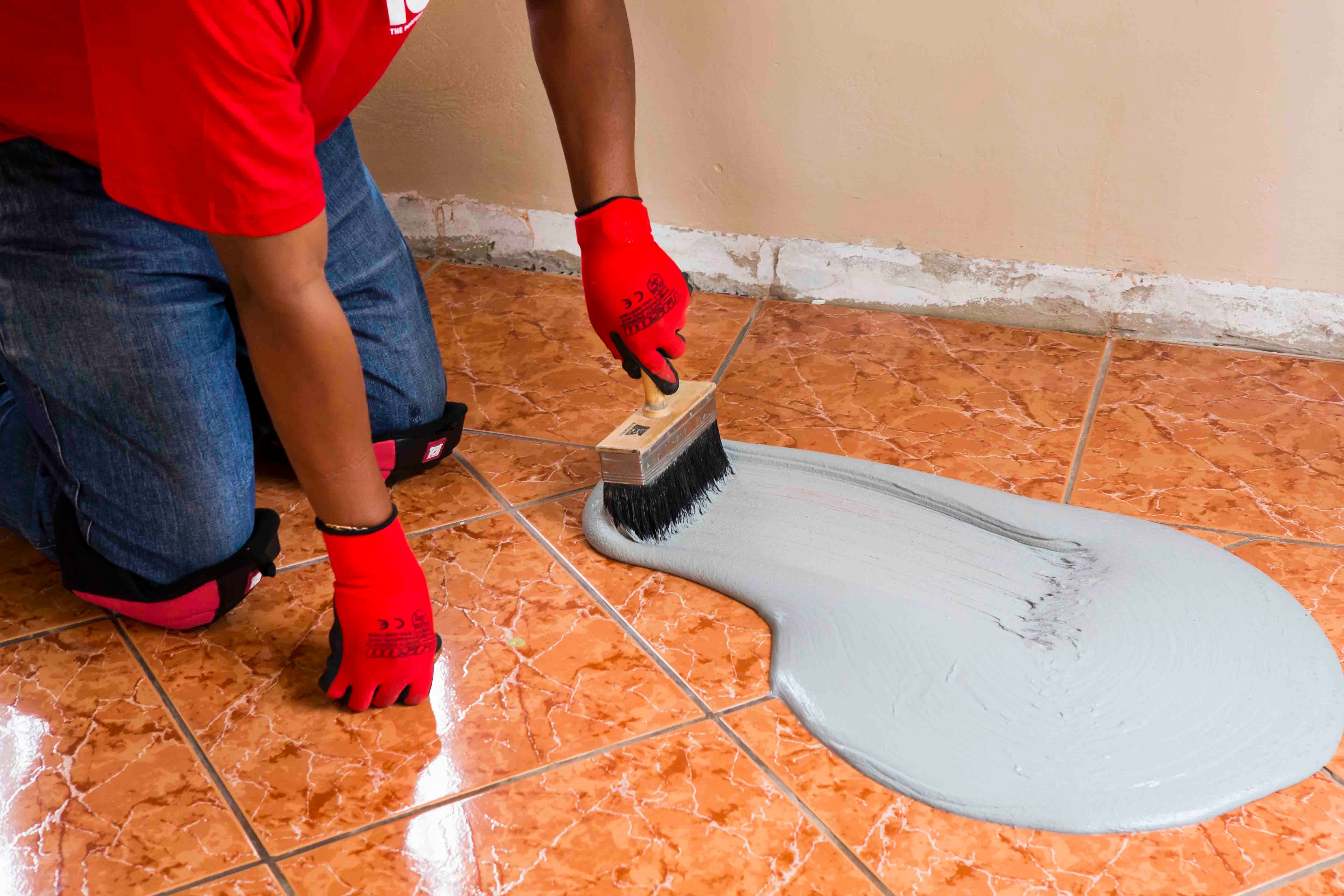

The adhesive can be applied once the slurry priming coat is touch-dry (i.e. no visible transfer when wiped or rubbed).




When replacing tiles, it is not always possible to apply the TALFIX directly to the floor, in which case apply the adhesive in a solid bed onto the back of the tile, ensuring complete coverage. Gently trace the notched side of a floor trowel through the adhesive to create ‘ridges’.
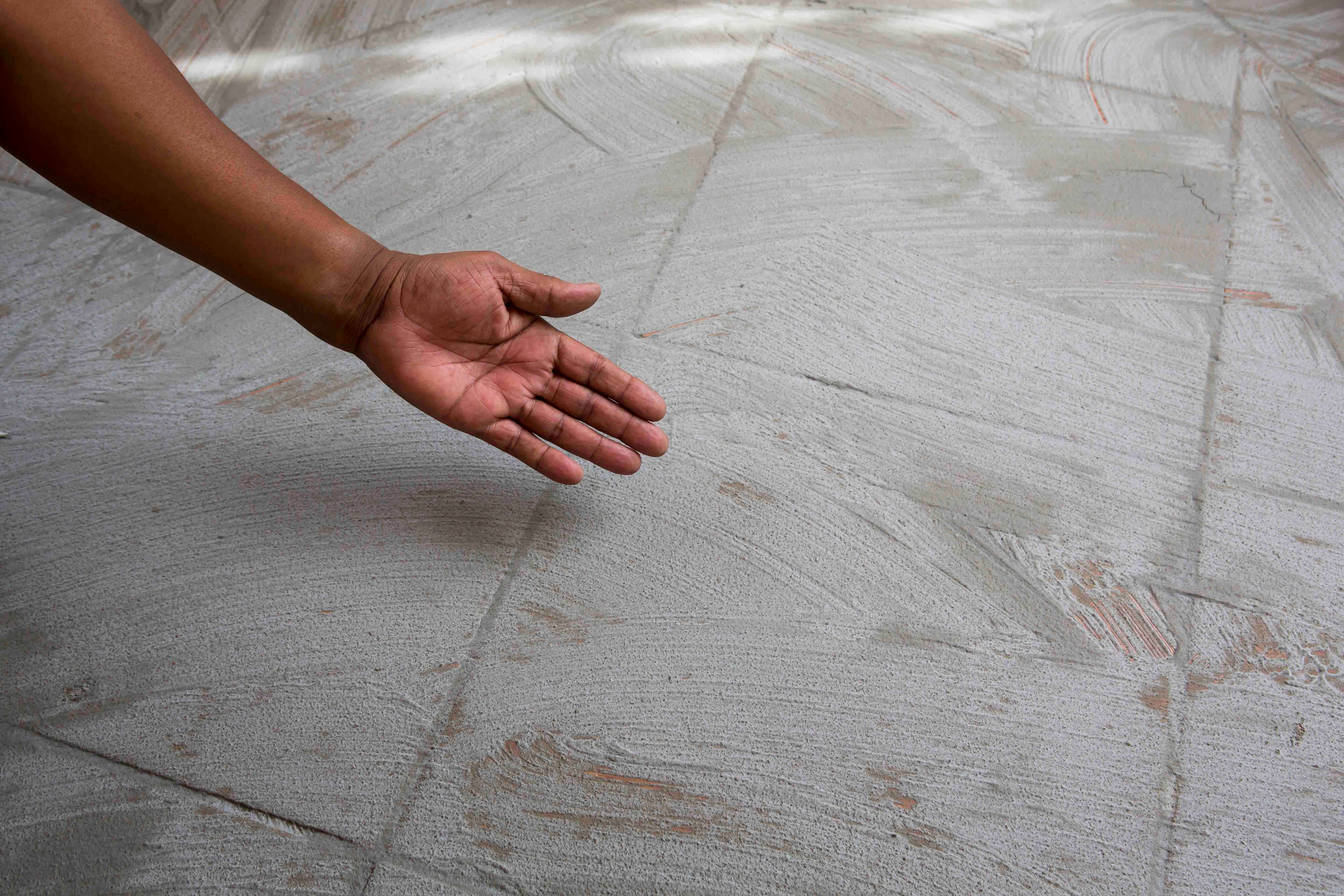

Adhesive system
When tiling onto existing tiles, it is important to only use a quick- or rapid-setting adhesive, as the existing tiles will present a dense, impervious surface, and standard-setting adhesives will take longer to dry. Too early trafficking of newly-installed tiles before the adhesive has set sufficiently can result in hollow-sounding or loose tiles.
Use TAL Tile-To-Tile quick-setting adhesive for tiling onto interior surface beds. When tiling onto suspended slabs and for external installations mix the TAL Tile-To-Tile with TAL Bond, replacing the water in the mix. Alternatively, TAL Bond Powder can be added to the adhesive mixing water.
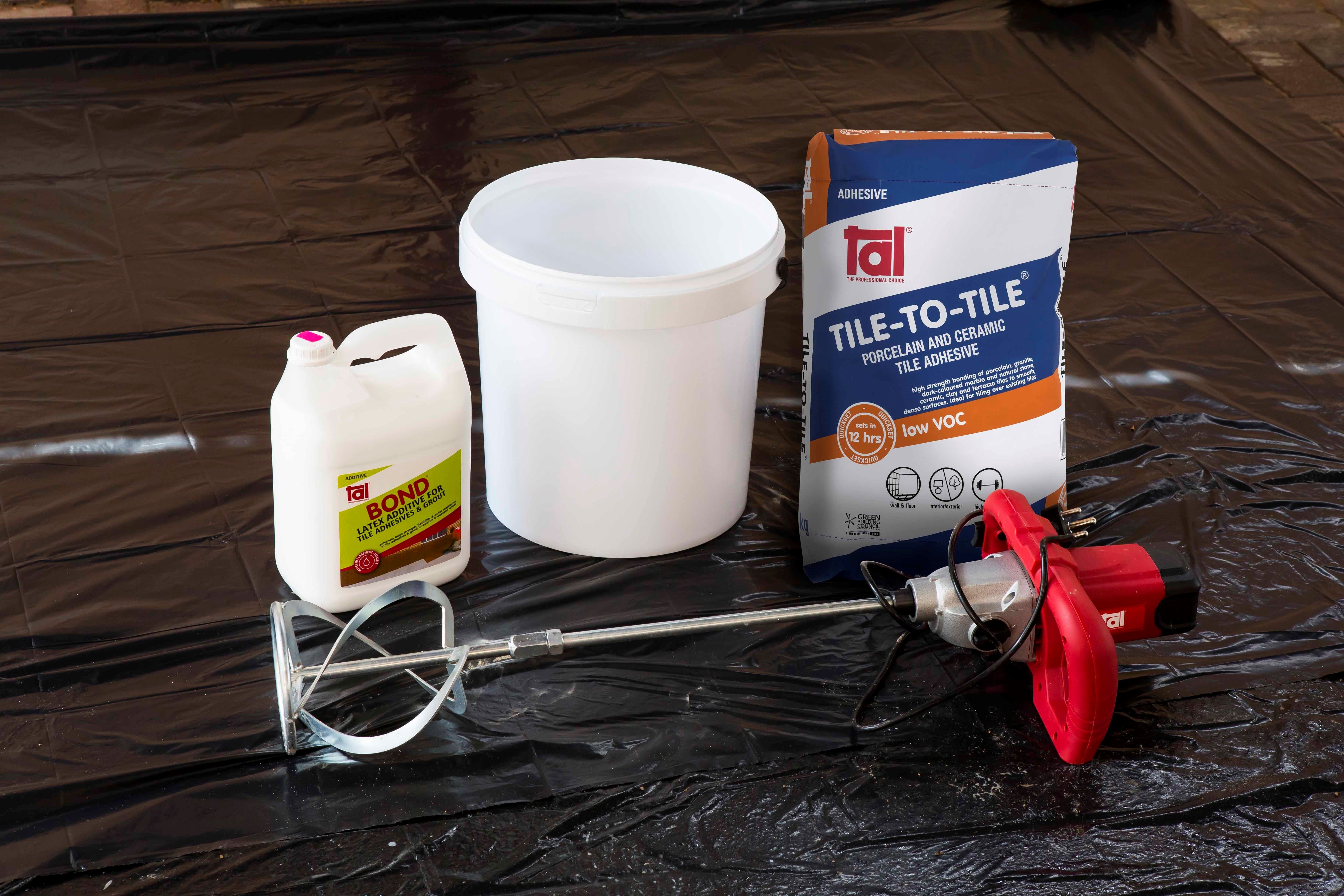

Ensure that there is a solid bed of adhesive at least 6 mm thick beneath each tile.
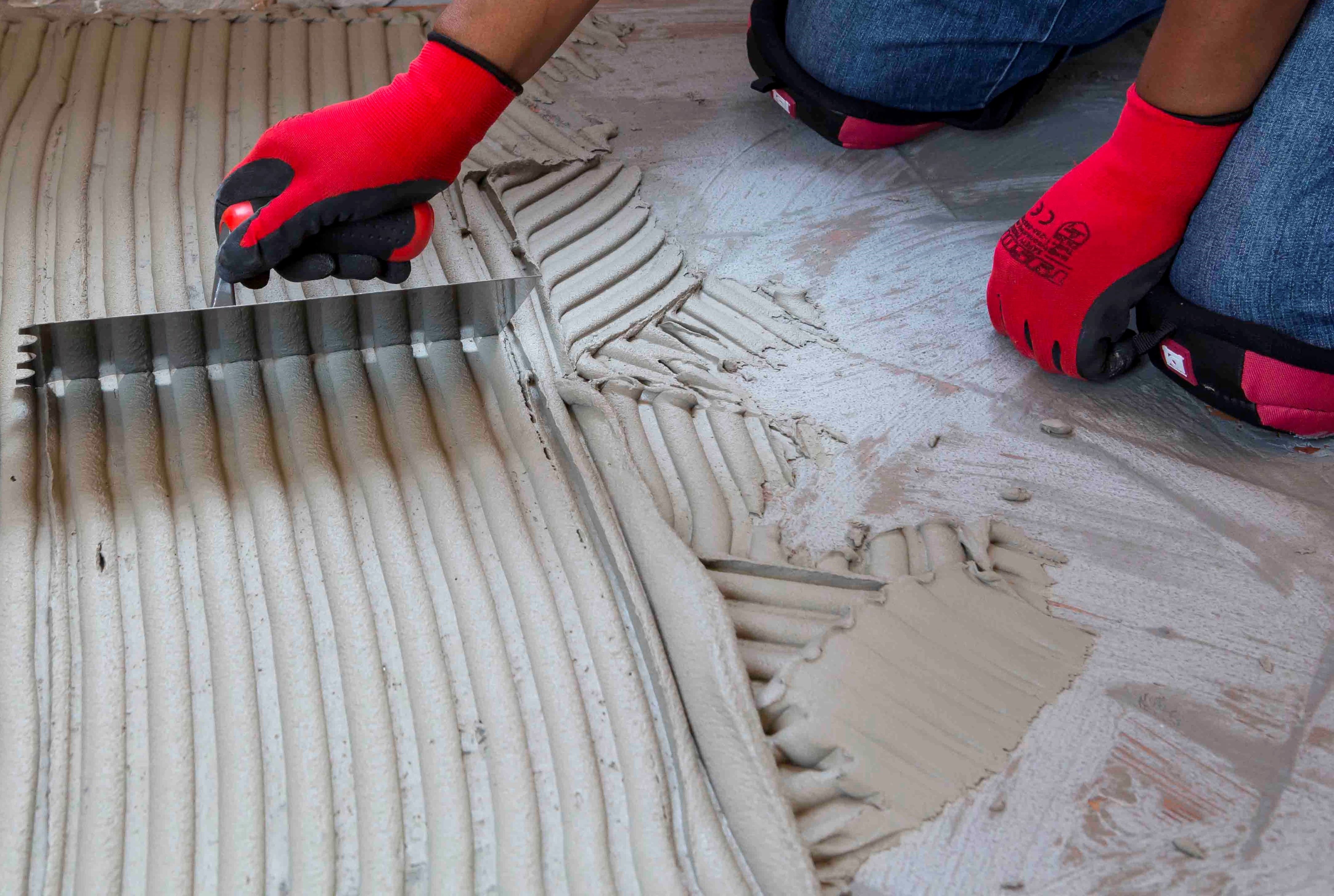

Back buttering with a thin coat of adhesive may also be required when using large-format tiles to ensure full contact with the adhesive bed.
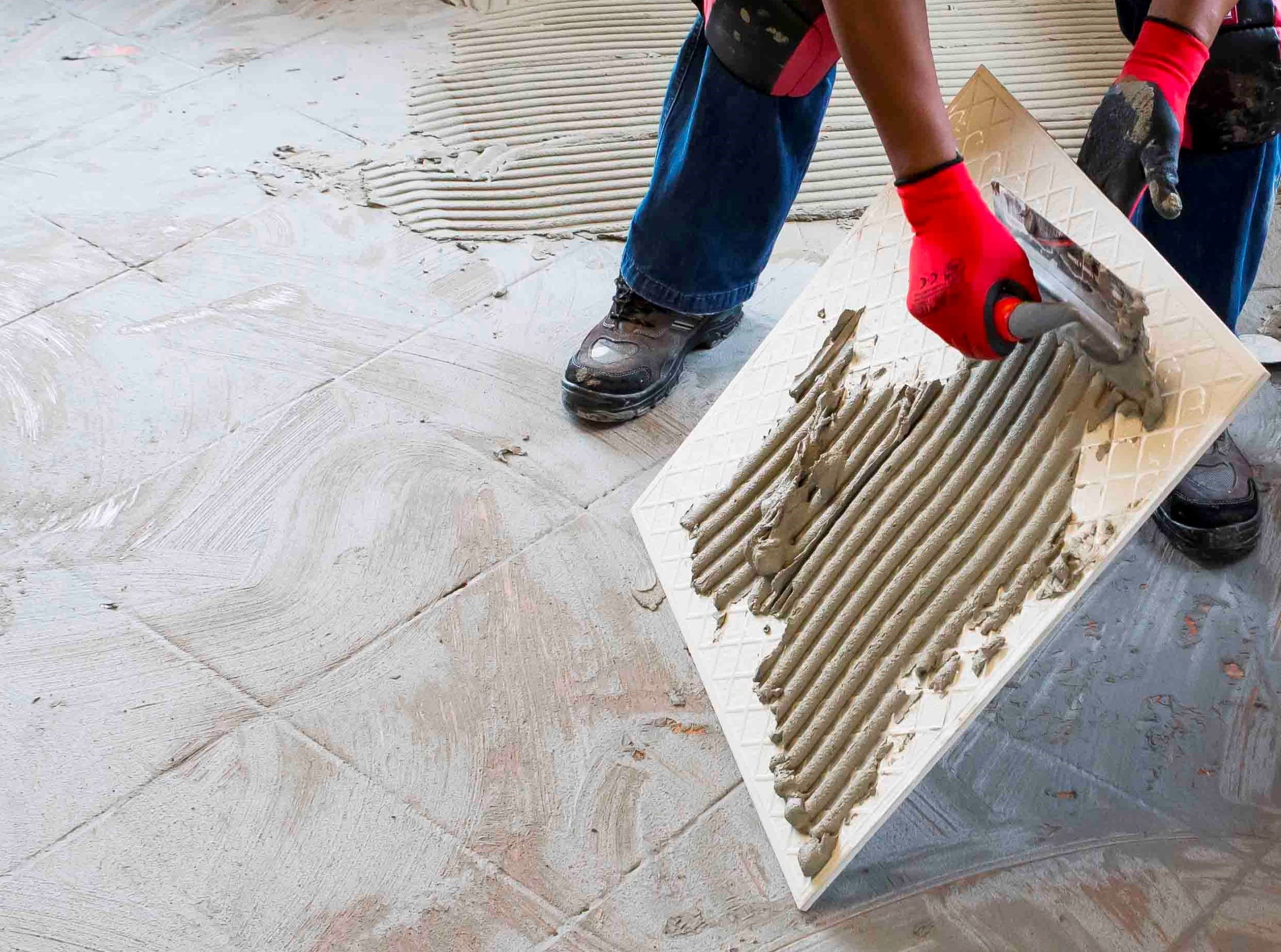

Grouting
Grouting should not be carried out until the adhesive has set sufficiently to prevent the tile installation from being disturbed during the grouting operation (always refer to the adhesive packaging for setting times). When using TAL TAL Tile-To-Tile, allow a minimum of six hours before grouting.
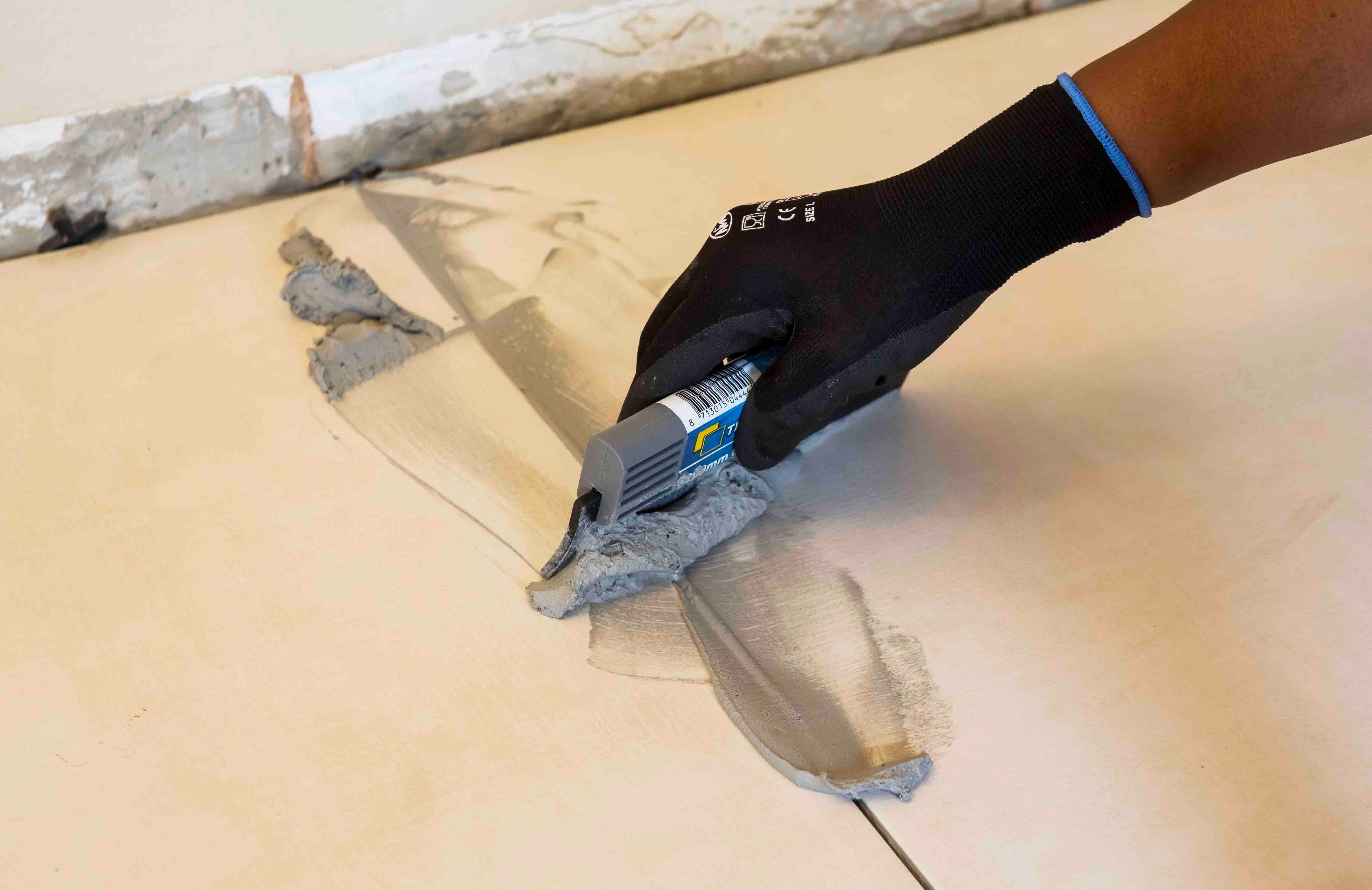

For interior surface beds, use TAL Wall & Floor Grout for filling tile joints up to 8 mm wide. TAL Quarry Grout can be used in wider joints up to 25 mm wide. On suspended slabs and for external installations, replace the water in the grout mix with TAL Bond, or add TAL Bond Powder to the grout mixing water.
Particular care must be taken to clean the grout off the tile face before it hardens completely. This is especially important when an additive such as TAL Bond or TAL Bond Powder has been used. A tile sample should be tested beforehand to ensure that no grout is absorbed through the glaze or into the tile body, thereby staining the tiles permanently.
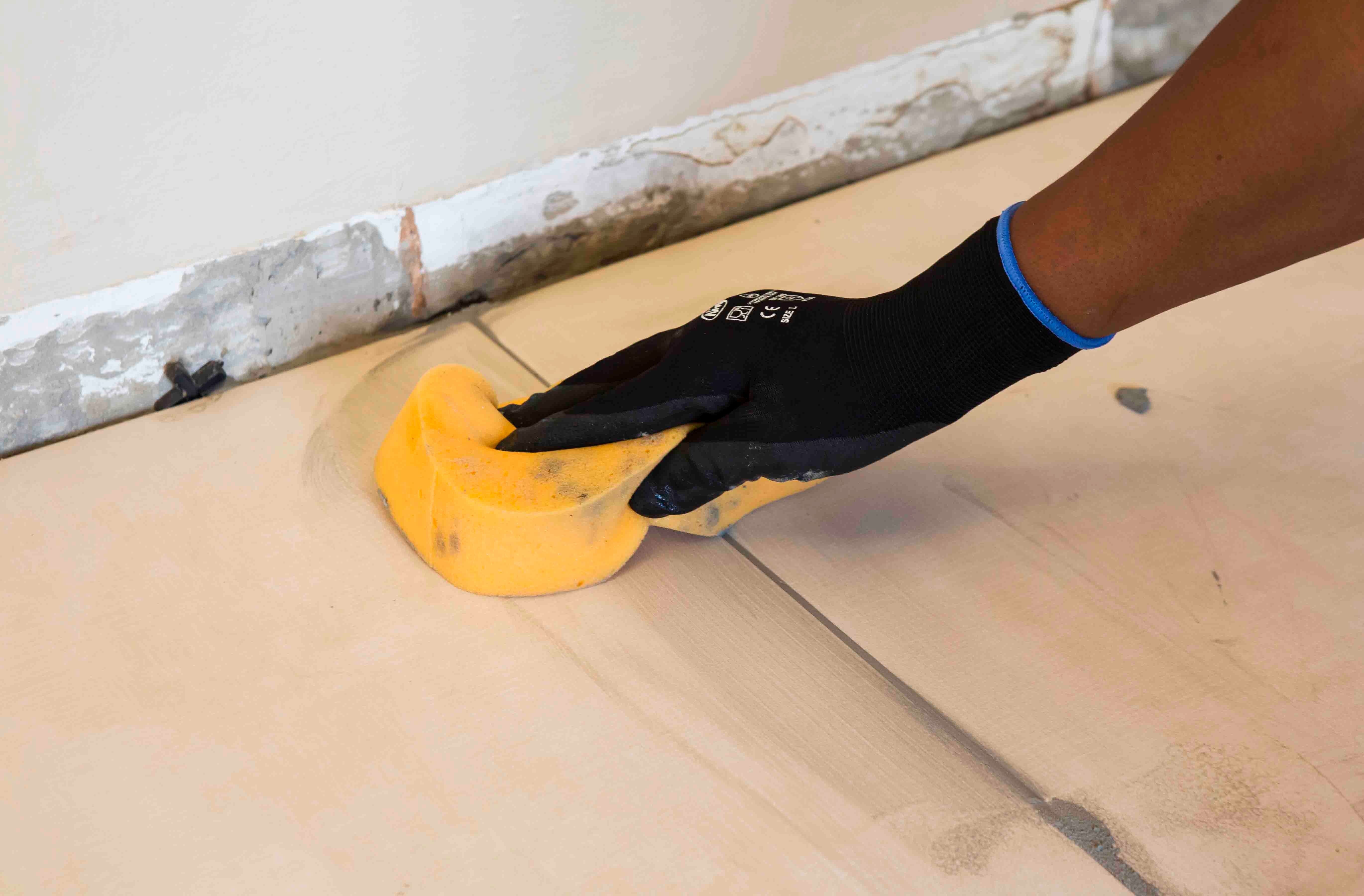

Movement joints
The lack of movement joints in tile installations is a major cause of tile failure. When tiling over existing tiles, the existing structural and movement joints must be maintained in the new tile installation. The movement joints should be at least 5 mm wide and extend through the adhesive and both tile layers.
